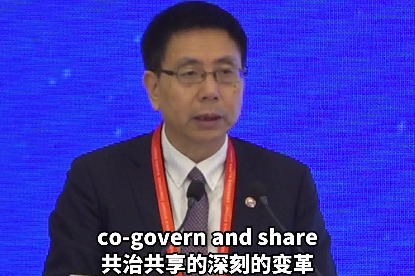Construction begins on low-carbon power projects

Construction began on Tuesday on a power transmission project linking Hami, Xinjiang Uygur autonomous region, with Chongqing, as well as on a pumped-storage hydroelectric project, according to State Grid Corp of China, the developer and operator.
It said the two projects are of great significance for ensuring a safe and reliable power supply, and that they represent a new energy system, peaking carbon emissions and achieving carbon neutrality, as well as promoting high-quality development.
China has announced that it will reach its carbon dioxide emissions peak by 2030 and achieve carbon neutrality by 2060.
The Hami-Chongqing 800-kv ultra-high voltage direct current power transmission project, with a total investment of 28.6 billion yuan ($3.97 billion), has a rated transmission capacity of 8 million kilowatts.
Stretching 2,290 kilometers, the power transmission line starts at the Balikun converter station in Xinjiang's Hami, and ends at the Yubei converter station in Chongqing's Yubei district. It will pass through five provincial-level regions, including Xinjiang, the provinces of Gansu, Shaanxi and Sichuan, and Chongqing municipality.
The Hami-Chongqing project is part of a national plan unveiled last year to develop clean energy, including wind and solar power, in China's deserts and barren lands, which are mostly located in Northwest China. State Grid said it can help the country accelerate the transition to low-carbon output in the energy sector.
The Liziwan pumped storage hydroelectric plant, located in Chongqing's Fengdu county, is the second-largest pumped storage hydroelectric station in the city.
Total investment in the plant — which is designed to accommodate four sets of reversible generators — is about 10.3 billion yuan. It could serve as a "power bank" to ensure the power grid's reliability and stability, while supporting new energy development.



































